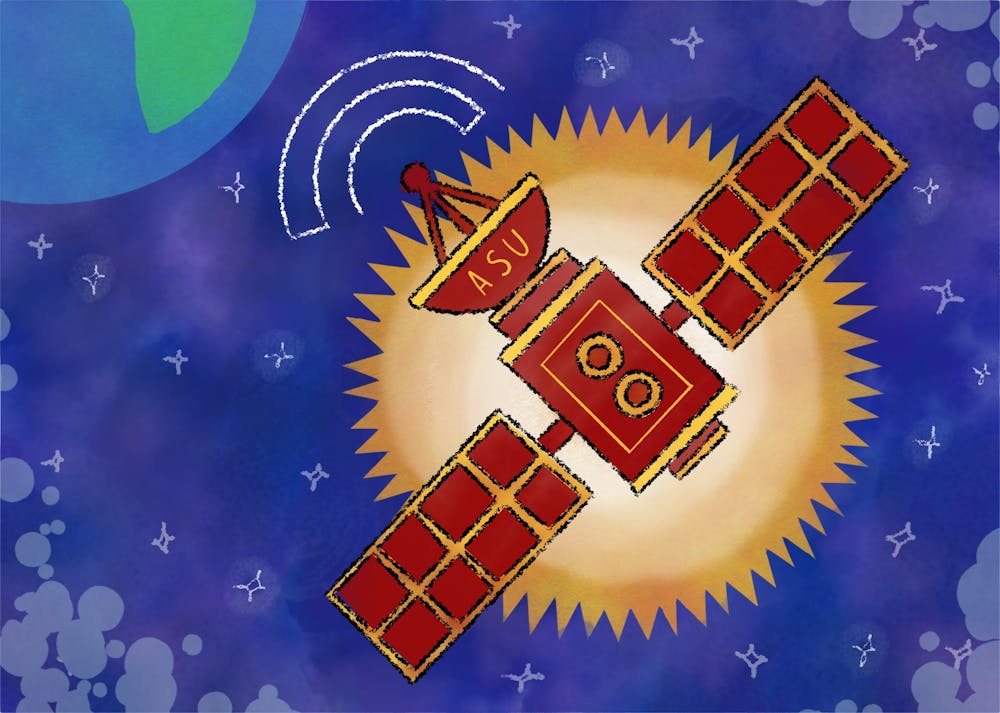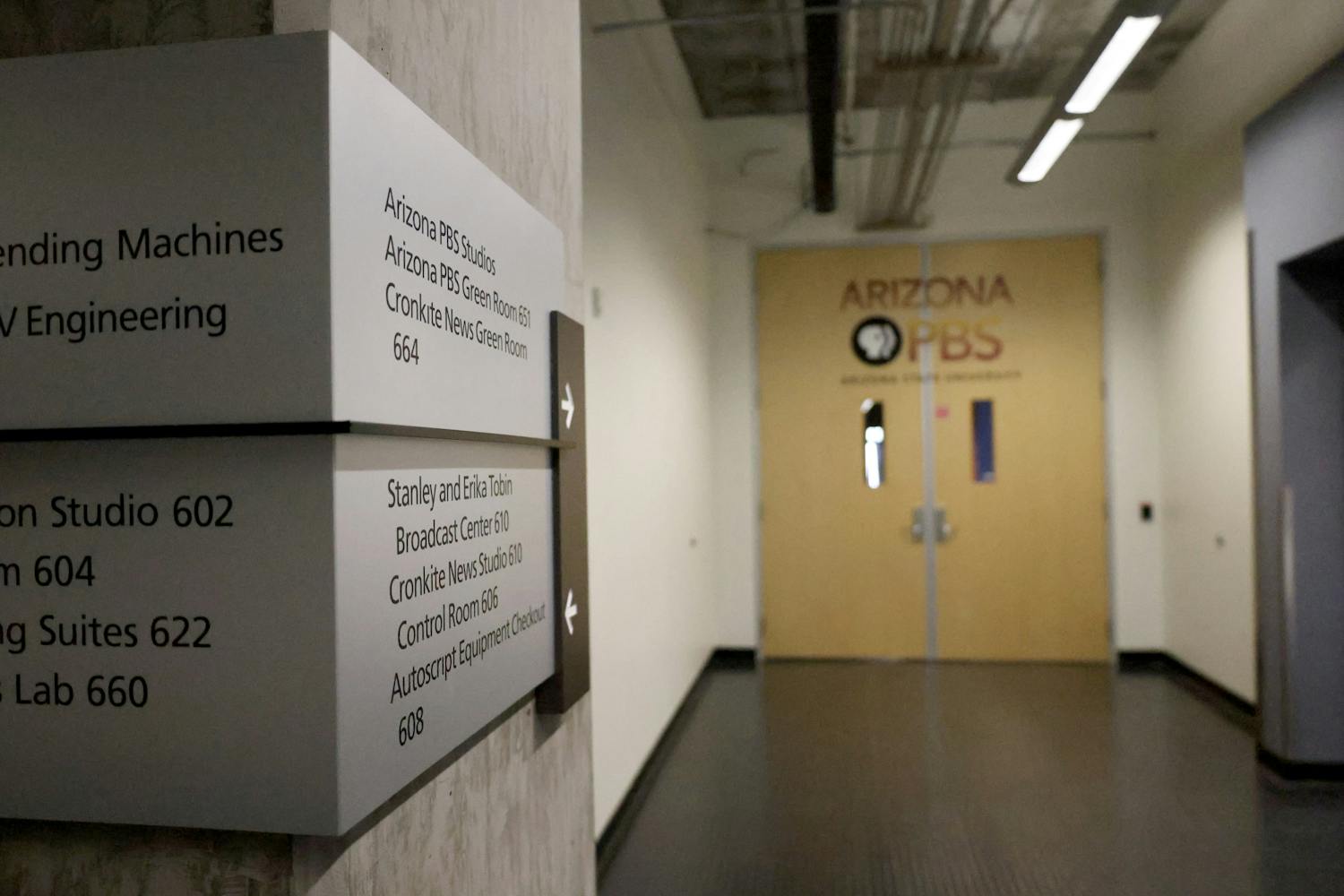From local farming to flash floods, ASU researchers and students are using satellite imagery of Earth to help solve global environmental problems.
The imagery data comes from Planet, a commercial satellite company that partners with governments, businesses and universities with the goal of creating change and shaping policies.
In 2019, ASU became their first university partner, and on Feb. 16, the Planet Showcase was held at Memorial Union on the Tempe campus, where professors and students gathered to share how they have used the data from Planet.
After the showcase, Planet and ASU announced an expansion to their strategic partnership where Planet will co-locate inside the Walton Center for Planetary Health. The partnership will establish an internship program to bring ASU students into Planet and introduce more funding for their research.
The NewSpace Initiative, which hosted the event, creates academic-commercial partnerships between non-governmental space exploration science and technology companies to create new opportunities for students.
"It's super exciting to have the opportunity to work with such a forward-looking socially responsible company that has this amazing technical capability to look at our entire planet every day," said Jim Bell, a professor at the School of Earth and Space Exploration and director of NewSpace Initiative.
Planet uses over 150 small cube-shaped satellites, called CubeSat, to capture 11 terabytes of imagery data a day, and all ASU students and researchers have access to the data.
Many departments utilize the platform including "traditional geologists to computer scientists, to government affairs people, and I know some artists are looking at the images," Bell said.
While many ASU-affiliated individuals have access to the data, some use it more than others. The Planet Showcase highlighted several student projects, including graduate student Zhaocheng Wang, who studies civil, environmental and sustainable engineering.
Wang is one of the top users of Planet data at ASU, according to Scott Smas, the program manager of the NewSpace Initiative. Wang presented his research at the Planet Showcase.
In his study, Wang mapped flash flood hazard areas in arid and remote areas in Arizona, specifically focusing on Gila Bend, which experiences several flash floods during the summer, he said.
Wang was able to discern and map two types of flood hazards. The first type is caused when water pools up and remains on the surface, and the second is when water either evaporates or is absorbed into the ground, leaving space for new water to flood into.
The mapping process records differences in how light reflects in a near-infrared band over time, which identifies changes over time in the Earth’s surface, such as ponded water or wet soils. Using this process, Wang was able to separate the city of Gila Bend into type one and type two areas, which can be used as a tool to manage flash flood hazards.
The mapping process can be applied to other dry regions, like Arizona, with little cloud coverage that often experience flood seasons. This can also help prepare communities by predicting future floods, identifying flood-prone areas and determining where future infrastructure should be built.
Hannah Kerner, an assistant professor in the School of Computing and Augmented Intelligence, is the machine learning lead and U.S. domestic co-lead for NASA Harvest, NASA’s agriculture and food security initiative.
Kerner's work utilizes satellite imagery from Planet to see what crops are grown, where they are grown, how many will be produced at the end of a growing season and how future climate changes will affect them. This information explains how food could be grown more effectively in the future.
"How do we grow food more efficiently without expanding the area? In Africa, for example, all of the increases in food production over the last 60 years (have) been due to expansion of area, not increases in yield," Kerner said.
This data is especially important in places, like Ukraine, where Kerner studies how much food is harvested in the area, and turns the data into information that can help to reduce food uncertainty.
Putting the satellite data to work in these communities requires the inclusion of its locals, especially since many of them are unaware of Planet's mission.
"They (communities) didn't realize this data is being collected, whether anybody gets permission or not. What we're doing is trying to create tools with community members that they can use to control the data for their purposes, and to be able to understand the data and what can be done with it," Kerner said.
Edited by Annie Graziano, Jasmine Kabiri and Anusha Natarajan.
Reach the reporter at aeagerto@asu.edu and follow @audrey_eagerton on Twitter.
Like The State Press on Facebook and follow @statepress on Twitter.
Audrey is a senior studying journalism and mass communication. This is her fifth semester with The State Press. She has also worked at The Arizona Republic.




